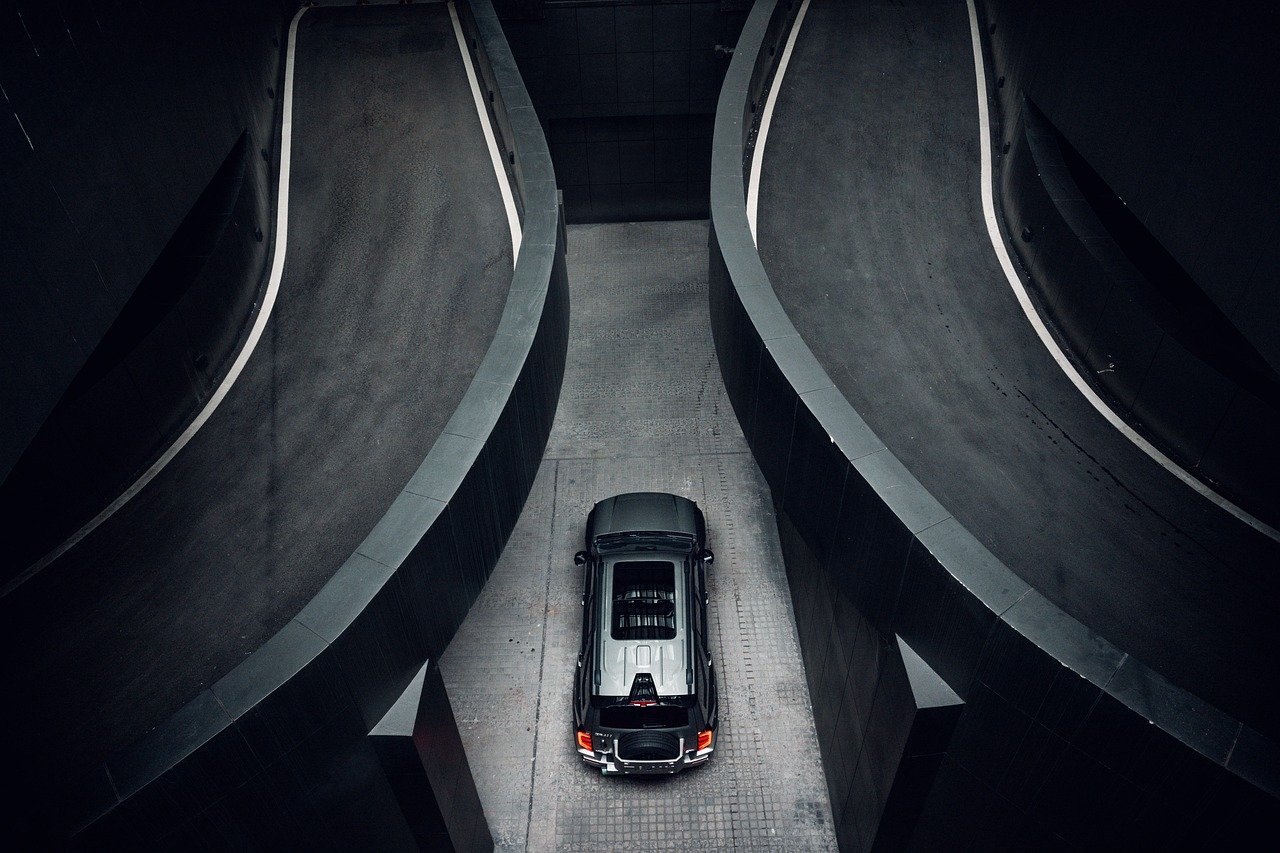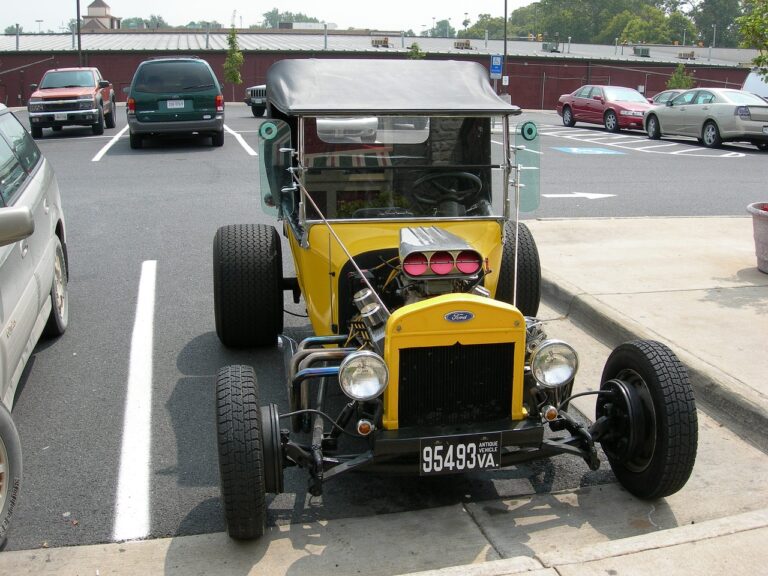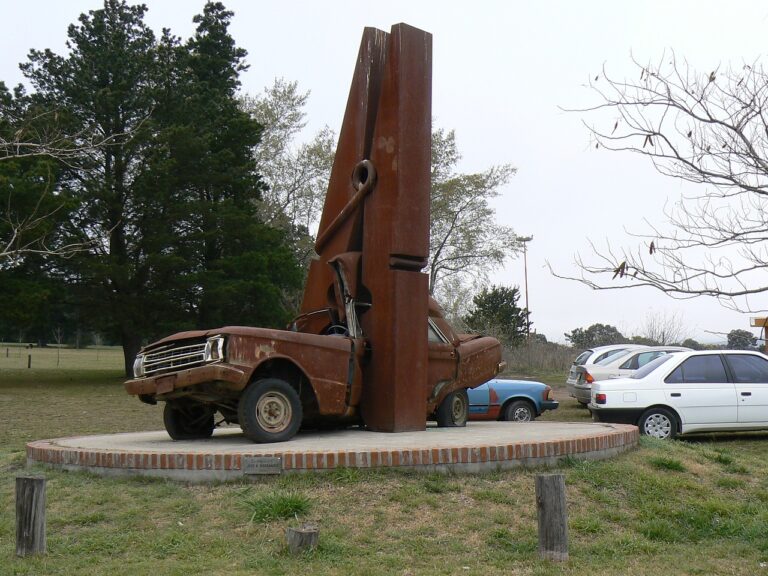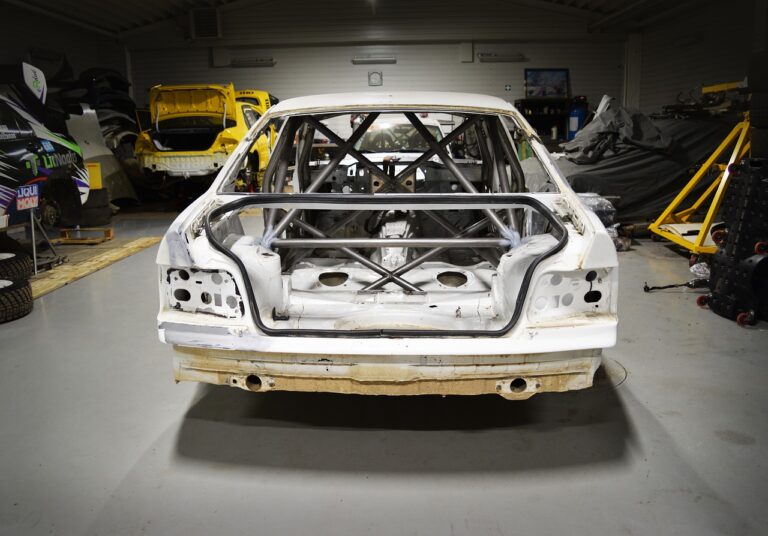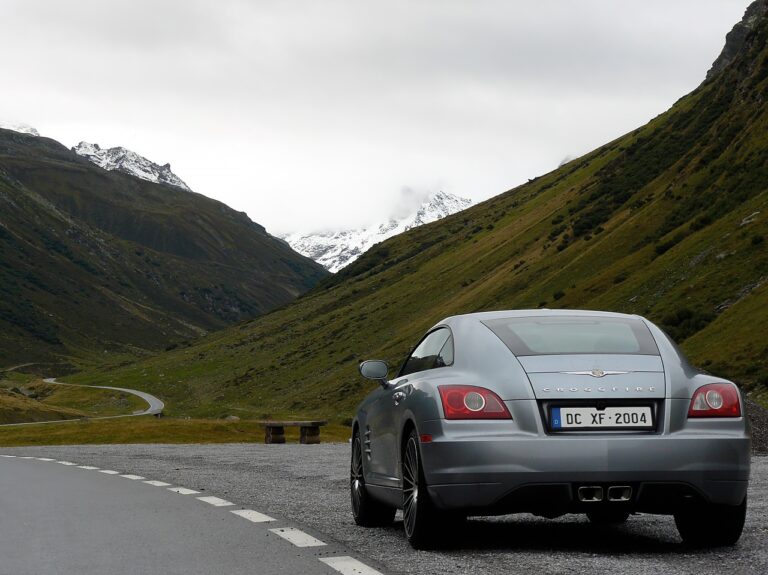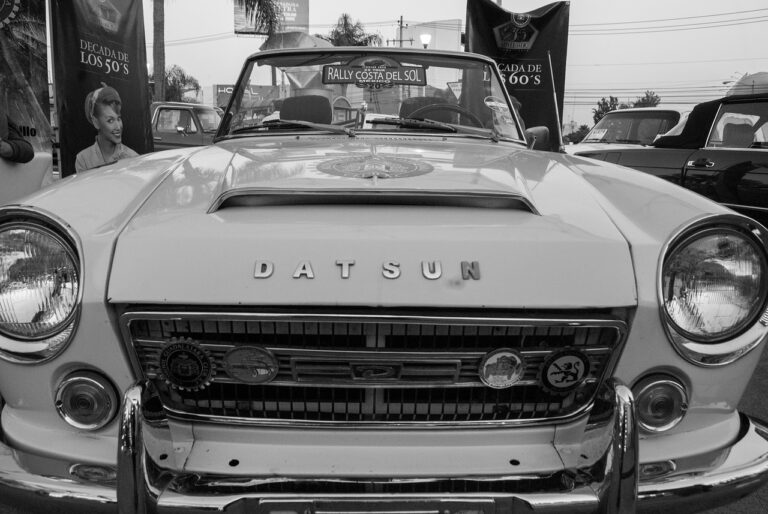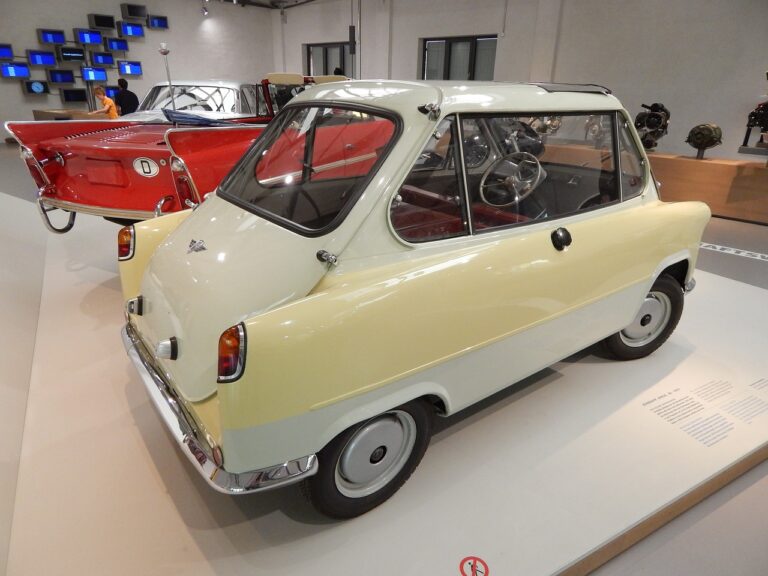The Influence of Art Deco Design in Classic Car Styling: Elegance and Luxury
The Art Deco movement, originating in the 1920s, was a design style that influenced various aspects of art, architecture, and fashion. It emphasized modernity, luxury, and technological progress, drawing inspiration from geometric shapes, bold colors, and streamlined forms. This aesthetic appeal of Art Deco found its way into the automobile industry, particularly in the design of classic cars.
Classic cars from the Art Deco era showcased key elements of the style, such as sleek lines, chrome detailing, and intricate ornamentation. Car manufacturers incorporated these design features to create vehicles that exuded elegance and sophistication. The influence of the Art Deco movement can be seen in iconic cars like the 1937 Cord 812 and the 1938 Delahaye 165, which are celebrated for their timeless beauty and innovative design.
Key Characteristics of Art Deco Style in Classic Cars
Classic cars embodying the Art Deco style are characterized by their sleek, streamlined appearance. The designs often feature geometric shapes, such as triangles, chevrons, and sunbursts, giving the vehicles a sense of modernity and sophistication. The use of these bold shapes creates a dynamic visual impact that sets Art Deco cars apart from other classic car styles.
Another key characteristic of Art Deco style in classic cars is the emphasis on luxury and glamour. These vehicles often showcase intricate details and embellishments, such as chrome accents, intricate grilles, and decorative motifs inspired by nature or machinery. The combination of these lavish elements with the streamlined design creates a sense of opulence and elegance that defines the Art Deco aesthetic in classic car design.
Innovative Materials and Techniques Used in Art Deco Car Styling
The Art Deco movement revolutionized classic car design by incorporating innovative materials and techniques that were truly ahead of their time. One of the key features of Art Deco styling in classic cars was the use of luxurious materials such as chrome, enamel, glass, and even exotic woods. These materials added a touch of elegance and sophistication to the overall design, making Art Deco cars stand out from their predecessors.
In addition to the use of opulent materials, Art Deco car designers also employed advanced techniques like streamlining and aerodynamics to create sleek and futuristic silhouettes. The emphasis on smooth, flowing lines and geometric patterns gave Art Deco cars a sense of speed and movement even when stationary, capturing the spirit of the era’s fascination with progress and modernity. By combining cutting-edge materials with innovative design techniques, Art Deco car stylists created a timeless aesthetic that continues to inspire car enthusiasts to this day.
What is the Art Deco movement and how did it influence classic car design?
The Art Deco movement was a design style that emerged in the early 20th century, characterized by sleek lines, geometric shapes, and luxurious materials. It had a significant impact on classic car design, influencing the use of bold colors, streamlined shapes, and intricate detailing.
What are some key characteristics of Art Deco style in classic cars?
Some key characteristics of Art Deco style in classic cars include chrome accents, sleek aerodynamic shapes, luxurious upholstery, and intricate detailing such as etched glass and decorative grilles.
What innovative materials and techniques were used in Art Deco car styling?
Art Deco car designers used a variety of innovative materials and techniques to achieve their distinctive look, including the use of chrome, stainless steel, and Bakelite for trim and accents, as well as advanced aerodynamic shapes and streamlined designs. Glass was also a popular material, often etched or frosted with intricate patterns.

